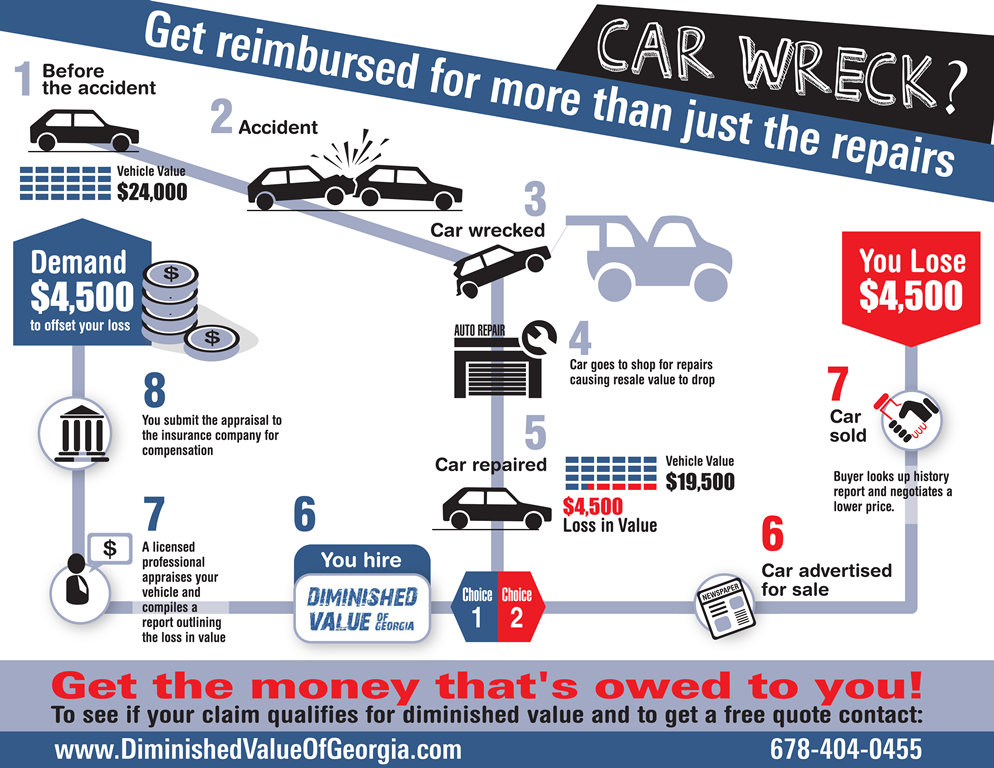Interpreting Your Car'S Alert Lights: Their Real Ramifications
Interpreting Your Car'S Alert Lights: Their Real Ramifications
Blog Article
Author-Boye Gilbert
When you're behind the wheel, those beautiful caution lights on your control panel can be a little bit bewildering. Do car ditailing know what they're attempting to tell you concerning your automobile's wellness? Comprehending the value of these lights is essential for your safety and security and the long life of your vehicle. So, the next time one of those lights turns up, would not you want to decipher its message accurately and take the needed actions to resolve it?
Common Warning Lighting and Interpretations
Determine common caution lights in your vehicle and understand their definitions to guarantee safe driving.
One of the most normal caution lights consist of the check engine light, which indicates issues with the engine or exhausts system. If this light begins, it's vital to have your vehicle checked immediately.
The oil stress alerting light suggests reduced oil stress, calling for immediate focus to stop engine damage.
A flashing battery light might suggest a faulty charging system, possibly leaving you stranded if not attended to.
The tire pressure monitoring system (TPMS) light signals you to reduced tire stress, affecting automobile stability and gas effectiveness. Overlooking this can cause unsafe driving conditions.
The abdominal light shows an issue with the anti-lock stopping system, jeopardizing your capacity to quit swiftly in emergency situations.
Finally, the coolant temperature advising light warns of engine getting too hot, which can result in severe damages otherwise settled swiftly.
Understanding these typical caution lights will help you resolve issues without delay and keep safe driving conditions.
Importance of Prompt Interest
Recognizing the usual caution lights in your car is only the first step; the relevance of promptly attending to these cautions can not be emphasized sufficient to guarantee your safety when traveling.
When a warning light brightens on your dashboard, it's your car's method of communicating a potential issue that needs interest. Ignoring these cautions can bring about more extreme problems down the road, jeopardizing your security and potentially costing you extra in repairs.
Prompt interest to advising lights can prevent breakdowns and mishaps. As an example, a flashing check engine light might show a misfire that, if left unattended, could create damage to the catalytic converter. Addressing this without delay can conserve you from an expensive fixing.
Similarly, a brake system cautioning light might signal reduced brake liquid or worn brake pads, essential elements for your safety and security when driving.
Do It Yourself Troubleshooting Tips
If you notice a warning light on your control panel, there are a couple of do it yourself repairing ideas you can try prior to looking for professional assistance.
The initial step is to consult your automobile's guidebook to recognize what the specific caution light suggests. Occasionally the problem can be as basic as a loosened gas cap activating the check engine light. Tightening commercial car cleaning might settle the issue.
Another usual issue is a low battery, which can cause various cautioning lights. Examining the battery connections for rust and ensuring they're secure could take care of the problem.
If a warning light continues, you can attempt resetting it by separating the automobile's battery for a couple of minutes and after that reconnecting it. Furthermore, checking your vehicle's fluid levels, such as oil, coolant, and brake liquid, can aid repair warning lights associated with these systems.
Final thought
To conclude, recognizing your automobile's warning lights is necessary for maintaining your lorry running smoothly and securely. By immediately dealing with these alerts and understanding what they suggest, you can prevent costly repair services and potential malfunctions.
Remember to consult your auto's handbook for specific details on each advising light and take action as necessary to ensure a trouble-free driving experience.
Keep informed, remain secure when driving!
